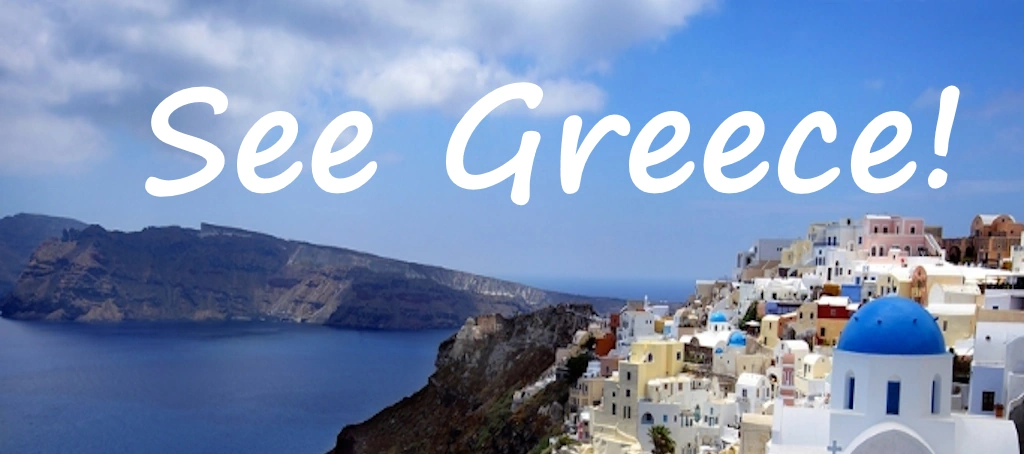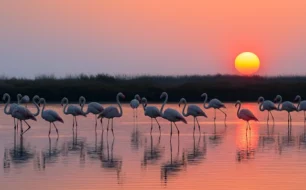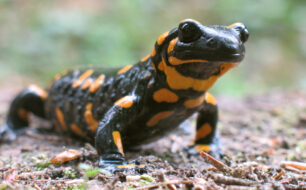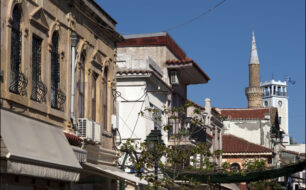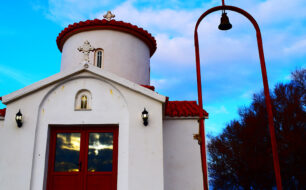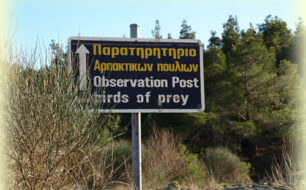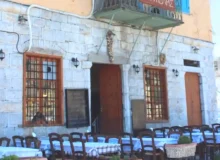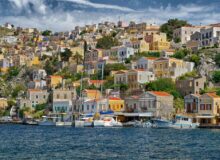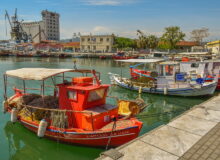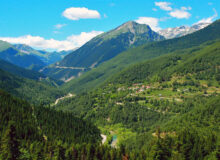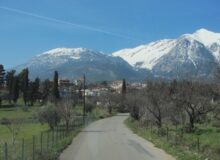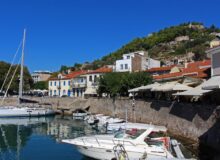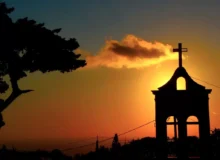Explore Thrace, Greece’s hidden northeast gem, where Byzantine ruins, Ottoman towns like Xanthi, and the Evros Delta meet lush forests & multicultural heritage.

Exploring Thrace: Greece’s Crossroads of Cultures
A Brief History of Thrace
Thrace, Greece’s north-easternmost region, has long been a bridge between Europe and Asia. In ancient times, it was home to fierce Thracian tribes, known for their warrior culture and mythical figures like Orpheus and Spartacus. Conquered by the Persians, then later by Alexander the Great, it became a vital part of the Roman and Byzantine Empires.
During the Ottoman period, Thrace flourished as a multicultural hub, with Greek, Turkish, Bulgarian, and Armenian communities. After the Balkan Wars (1912–1913) and the Greco-Turkish War (1919–1922), Western Thrace became part of Greece, while Eastern Thrace remained in Turkey. Today, Greek Thrace is a fascinating blend of traditions, where minarets stand beside Byzantine churches, and fertile plains meet the turquoise waters of the Aegean.

Major Cities and Towns in Thrace
Alexandroupoli
The region’s modern capital and main port, Alexandroupoli is known for its iconic lighthouse, vibrant seafront promenade, and lively nightlife. It serves as a gateway to the Evros Delta and the nearby island of Samothraki. See our full page all about Alexandroupoli.
Komotini
A multicultural city with a strong Turkish and Pomak presence, Komotini boasts a lively bazaar, Ottoman-era mosques, and the Archaeological Museum of Thrace. The nearby Nymphaia Forest offers scenic hiking trails. See our full page all about Komotini.

Xanthi
One of Thrace’s most picturesque towns, Xanthi is famous for its old Ottoman quarter, cobbled streets, and the annual Xanthi Carnival. The nearby Nestos River Gorge is perfect for outdoor adventures. See our full page all about Xanthi.
Orestiada
A quiet agricultural town near the Evros River, Orestiada is surrounded by fertile plains and serves as a base for exploring the Dadia Forest Reserve.
Didymoteicho
A historic border town with a massive Byzantine fortress (the largest in Greece) and the stunning 14th-century Mosque of Bayezid. The nearby Erythropotamos River adds to its scenic charm.
Soufli
Famous for its silk production, Soufli is a quaint town with neoclassical mansions and the Silk Museum, showcasing Thrace’s once-thriving silk industry.
Ferres
A small riverside town with a well-preserved medieval castle and access to the lush forests of the Rhodope Mountains.
Major Tourist Attractions
Avdira
Avdira is an archaeological site of great historical significance. The site offers valuable insights into the political, economic, and artistic life of ancient Thrace, as well as its interactions with neighboring Greek colonies and indigenous Thracian tribes.

Evros Delta
One of Europe’s most important wetlands, home to over 300 bird species, including flamingos and pelicans. Boat tours offer a chance to explore its serene waterways.
Dadia Forest Reserve
A prime spot for birdwatching, particularly raptors like eagles and vultures. The reserve has observation points and guided eco-tours.
Nestos River Gorge
A breathtaking natural park ideal for hiking, kayaking, and rafting. The river cuts through dramatic cliffs, creating stunning landscapes.
Samothrace Island

Though administratively separate, Samothrace (or Samothraki) is culturally linked to Thrace. Known for the Sanctuary of the Great Gods (where the Winged Victory statue, now in the Louvre in Paris, was found) and its majestic Mount Saos waterfalls.
Fortress of Didymoteicho
A massive Byzantine castle with well-preserved walls and panoramic views over the Evros River.
Pomakochoria (Pomak Villages)
A cluster of traditional Muslim villages in the Rhodope Mountains, offering a glimpse into Thrace’s unique cultural blend, with stone houses and local handicrafts.
Silk Museum (Soufli)
A fascinating exhibit on Thrace’s silk-weaving heritage, housed in a restored 19th-century mansion.
Thermes (Traianoupoli Hot Springs)
Natural thermal baths used since Roman times, perfect for relaxation near Alexandroupoli.
Maroneia
An ancient coastal town linked to Homer’s Odyssey, with ruins of a theater, acropolis, and early Christian basilicas. Nearby beaches like Molyvoti are pristine and uncrowded.
Lake Vistonida
A serene lagoon between Rhodope and Xanthi, rich in birdlife and surrounded by fishing villages.
Conclusion
Thrace is a hidden gem where history, nature, and diverse cultures intertwine. From the Evros Delta’s wetlands to the Ottoman charm of the towns of Xanthi and Komotini, the region offers a unique travel experience off the beaten path. Whether exploring ancient ruins, trekking through lush forests, or savoring its multicultural cuisine, Thrace promises an unforgettable journey into Greece’s lesser-known but richly rewarding northeast.

